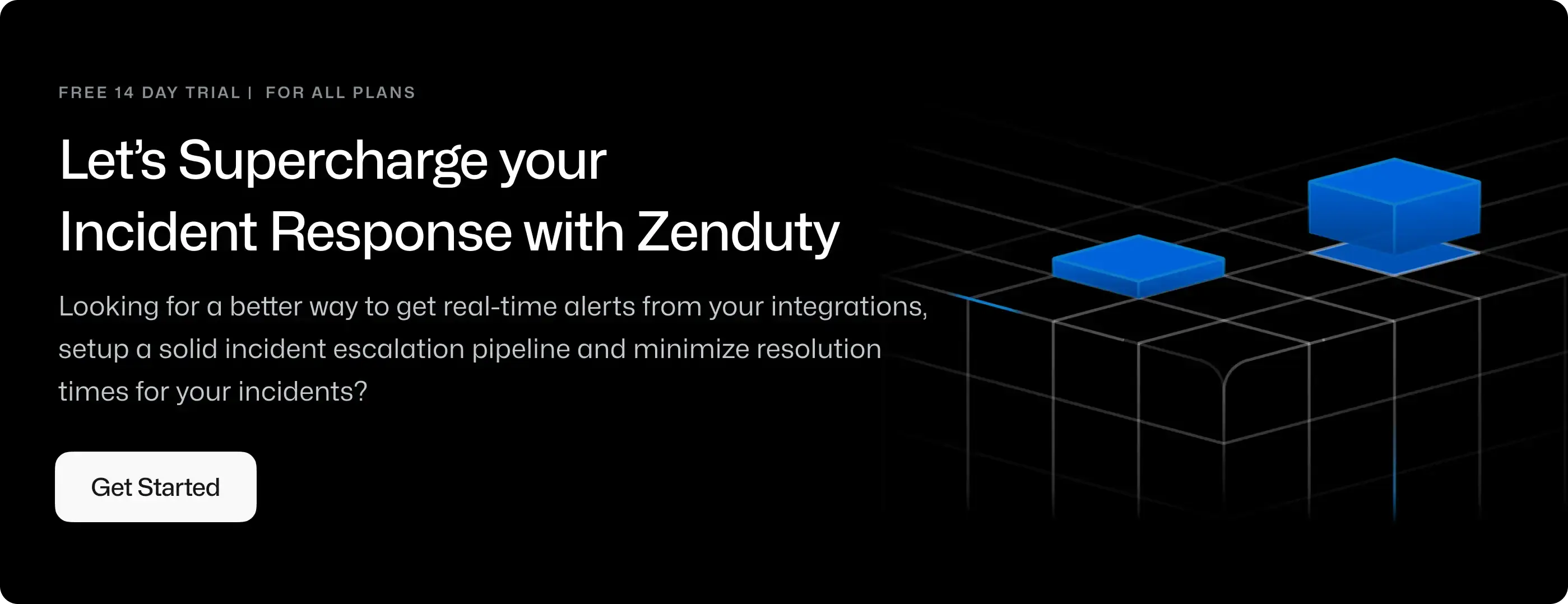Honeybadger Integration Guide
Honeybadger allows you to query, visualize, alert on and understand your metrics no matter where they are stored.
What can Zenduty do for Honeybadger users?
With Honeybadger's Integration, Zenduty sends new error and bug alerts to the right team and notifies them based on on-call schedules via email, text messages(SMS), phone calls(Voice), Slack, Microsoft Teams and iOS & Android push notifications, and escalates alerts until the alert is acknowledged or closed. Zenduty provides your application engineers with detailed context around the Honeybadger alert along with playbooks and a complete incident command framework to triage and remediate and resolve incidents with speed.
You can also use Alert Rules to custom route specific Honeybadger alerts to specific users, teams or escalation policies, write suppression rules, auto add notes, responders and incident tasks.
To integrate Honeybadger with Zenduty, complete the following steps:
In Zenduty:
-
To add a new Honeybadger integration, go to Teams on Zenduty and click on the team you want to add the integration to.
-
Next, go to Services and click on the relevant Service.
-
Go to Integrations and then Add New Integration. Give it a name and select the application Honeybadger from the dropdown menu.
-
Go to Configure under your Integrations and copy the Webhook URL generated.
In Honeybadger:
-
Login to Honeybadger. Click on Add Project, and give it a name and select a language.


-
Go to Project Settings. From the left hand menu, select Alerts and Integrations. Paste the webhook you copied earlier.


-
Add monitoring metrics like Errors and Uptime.


-
Your Honeybadger integration is now set up. Zenduty will alert you when something goes wrong.
